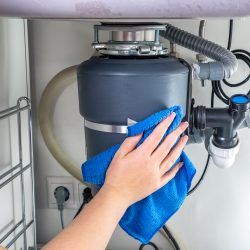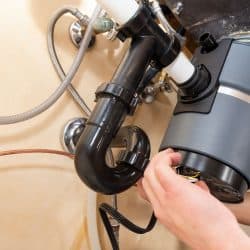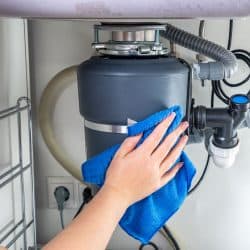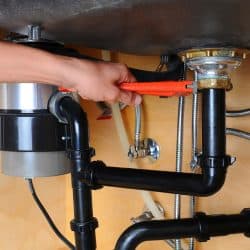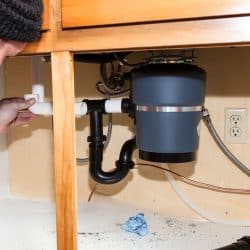Cleaning out the garbage disposal can feel like an impossible task sometimes. Do you want to try using Drano on your garbage disposal but don't know if that will damage it? Well, we've done some digging and have the answer for you. Let's discuss.
Although Drano claims their products can go into your garbage disposal, this isn't always safe. Some of the chemicals in Drano's cleaners can lead to irritation and trouble breathing, so if you don't have to use it, we don't recommend it.
That said, using a small amount of Drano in your sink won't necessarily harm you or your garbage disposal, so it can be helpful in moderation.
As we begin, we will cover all things garbage disposals and discuss how to clean one properly. Whether you notice a weird smell coming from your sink or want to give your disposal a deep clean, we're here to help. With that said, let's jump right into this topic!
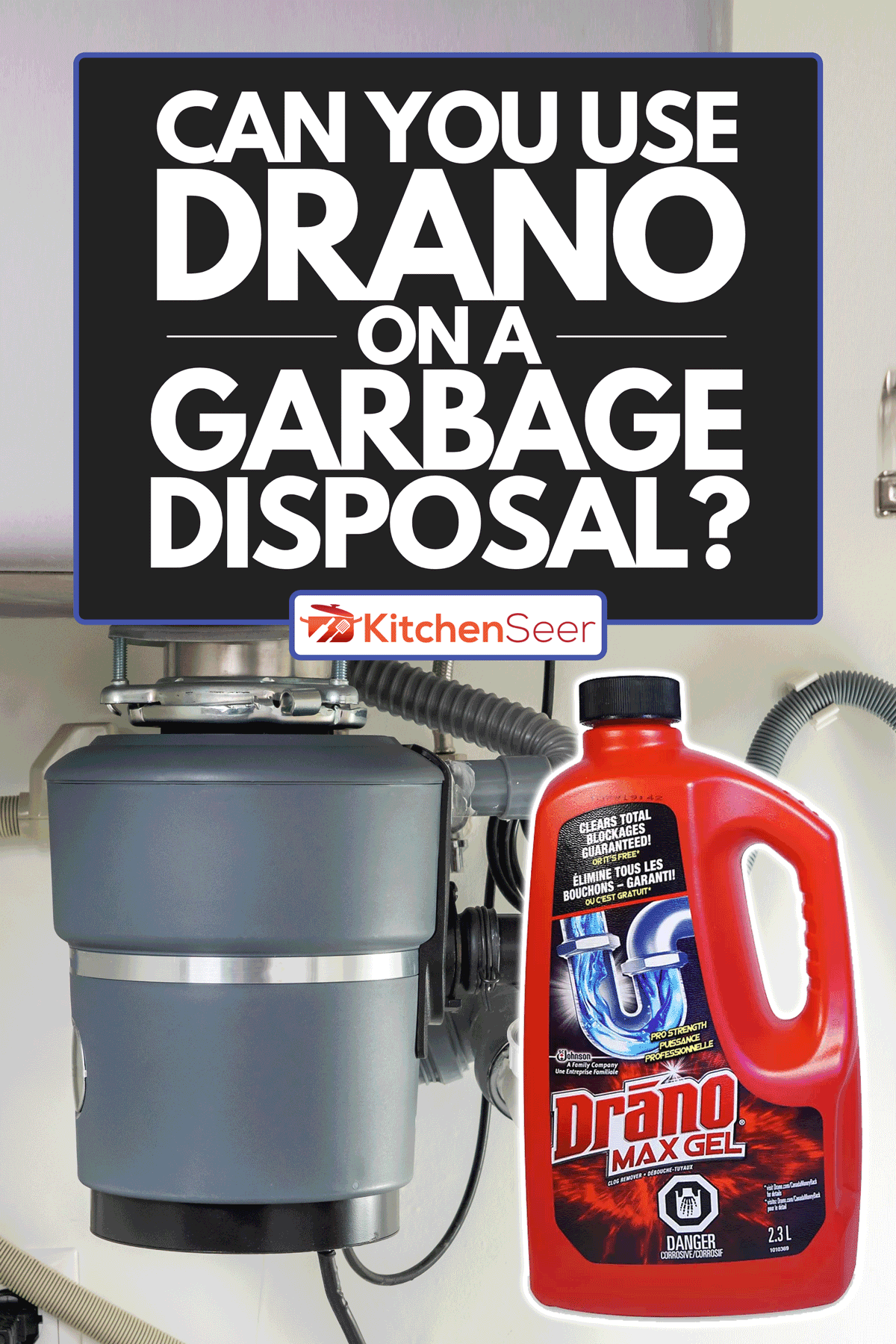
Will Drano Work On A Garbage Disposal?
Yes, you can use Drano to clean out your garbage disposal. The brand states that as long as you follow the instructions listed on your cleaner, there shouldn't be any issues, so make sure you carefully read them.
That said, Drano does not recommend using their Professional Strength Crystal Clog Remover, as it can damage your disposal. Drano products, in general, can be abrasive if used too often, so less is more.
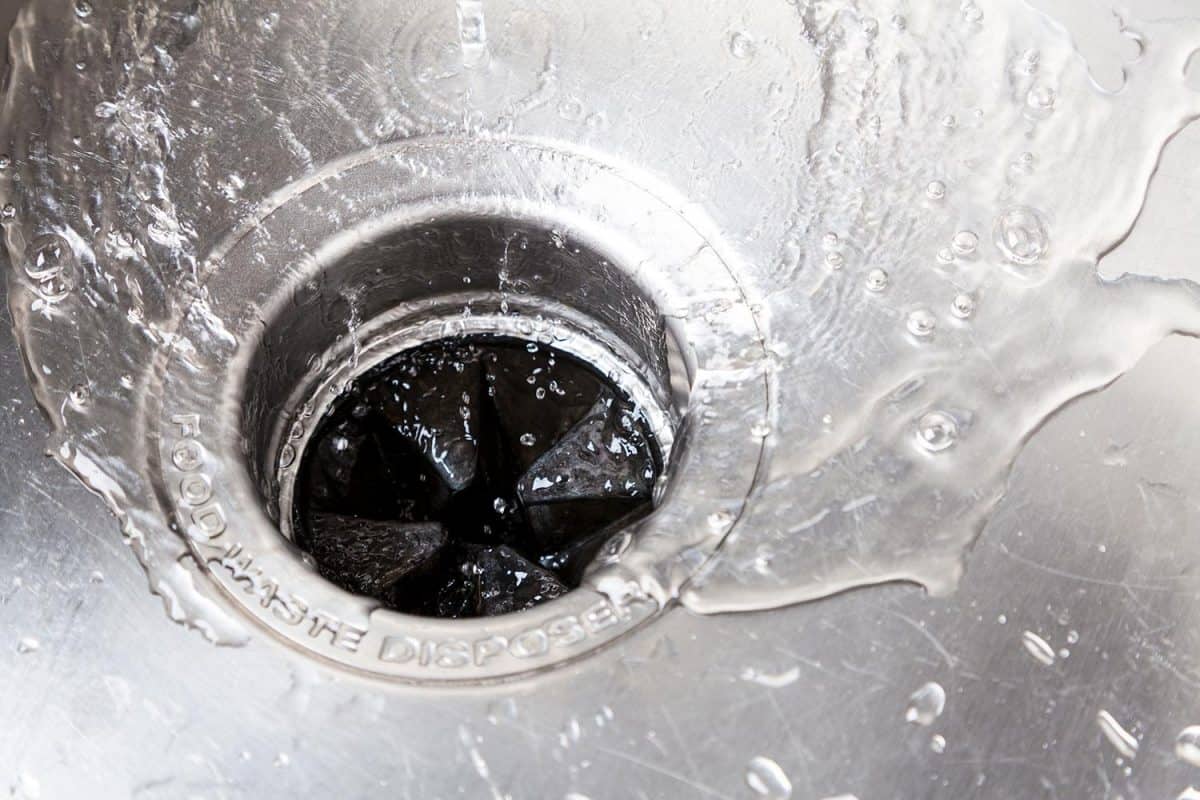
How Much Drano Should I Put In My Sink?
Ideally, you want to pour around 16 ounces of Drano cleaner into your sink if it's clogged. Their website states that you can even try pouring an entire 32-ounce bottle into your clogged/slow draining sink, although we don't recommend it.
Like we covered above, Drano products are potent, so a little will go a long way.
How Often Should I Use Drano On My Garbage Disposal?
You don't want to use Drano on your garbage disposal more than every few months. Overusing harsh chemicals can do more harm than good for your pipes, which in turn can cause problems down the road.
A good rule of thumb is only to use Drano/harsh chemicals in your sink when necessary, rather than routinely. Furthermore, unless you have a major drainage issue or a nasty clog, try to avoid Drano.
Is Drano Bad For Your Sink?
Although it can be effective, overusing Drano can cause serious damage to your sink's plumbing. Drano is one of the stronger cleaners available, even being able to eat away at the glue holding your pipes together.
Drano is also so chemically potent that it can melt/corrode PVC piping, so this isn't something to mess with. Like we said above, you want only to use Drano when necessary to avoid these types of issues.
When Should You Not Use Drano?
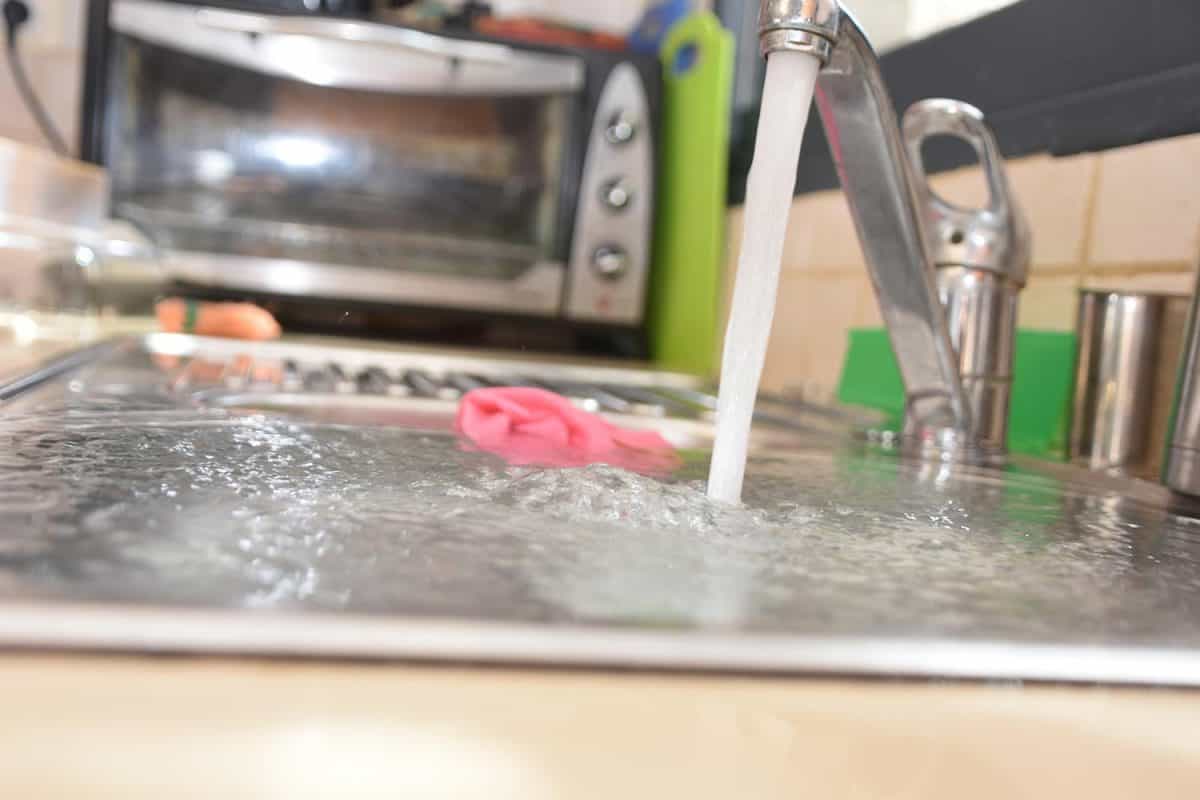
If you're debating on trying Drano in your sink/garbage disposal, there are some things to consider. First, we don't recommend Drano products if your home has PVC piping due to its corrosive nature.
You also want to avoid using Drano in your toilet, as it can cause cracking to its bowl. Drano shouldn't be used in homes with older pipes, as it can corrode them and the glue holding them together.
Why Do Plumbers Say Not To Use Drano?
Many plumbers recommend against Drano because of its corrosive nature. Not only will Drano increase the risk of plumbing problems, but it's also somewhat unsafe to use, which makes it dangerous if you don't know what you're doing.
Some experts even claim that Drano can cause entire plumbing systems to become inoperable, which nobody wants to deal with.
Can Drano Make A Clog Worse?
Depending on the severity of a clog, Drano might not always help. Especially for built-up cooking oils and large food scraps, Drano can negatively impact a clog, causing it to get worse.
Generally, you only want to use Drano on clogs that aren't due to a major food blockage because it won't always be effective. Drano, in its design, is better suited for pipe build-ups like water minerals, soap scum, grease, and soft matter, not big food scraps and heavy cooking oils.
What Is The Best Way To Unclog A Garbage Disposal?
For anybody dealing with a clogged garbage disposal, there are some ways to get it fixed. To start, do the following:
- Turn off/unplug your garbage disposal.
- Using 1/4 cup baking soda and 1/4 cup vinegar, pour the mix into your sink.
- Let the mixture sit in your sink/garbage disposal for 5-10 minutes.
- Using very hot water, rinse out your sink/drain thoroughly.
- Repeat this process until your sink drains like normal.
If this method doesn't work after a few times, try using a plunger to loosen the clog and repeat our recommended steps once again.
Can You Pour Boiling Water Down The Garbage Disposal?
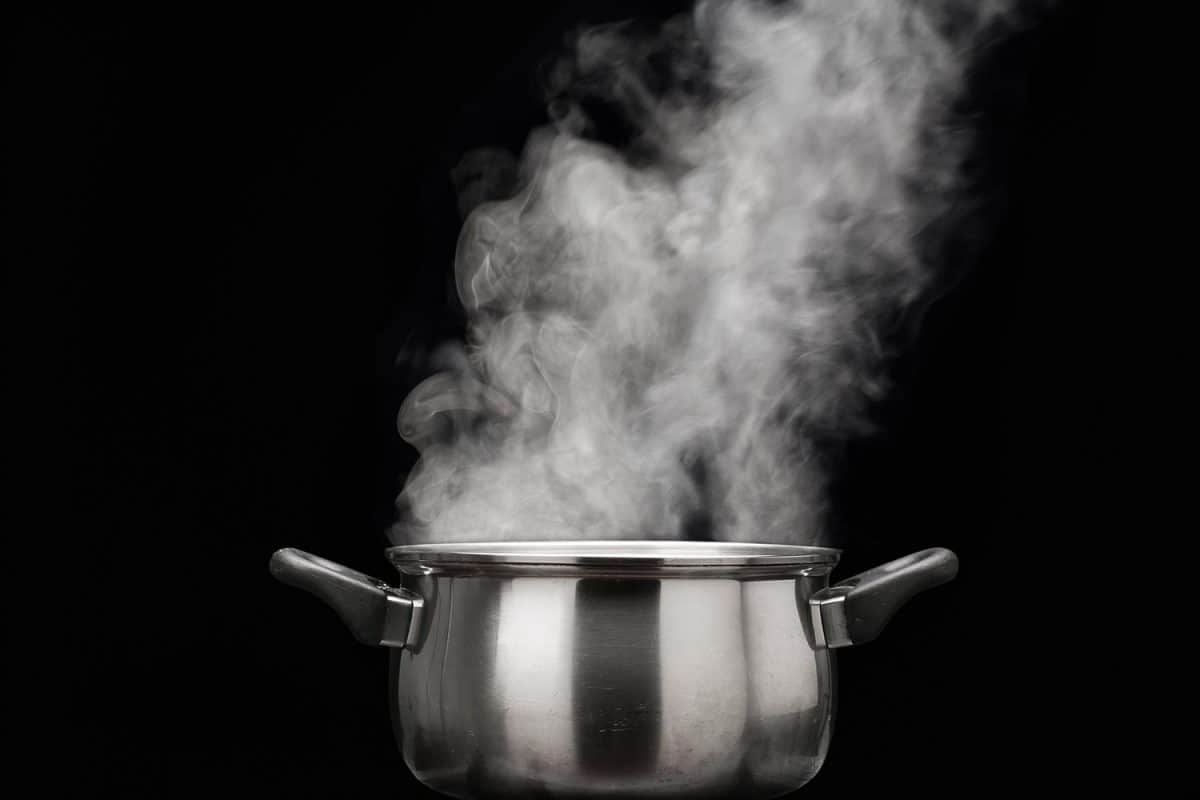
Yes, you can pour boiling water down your garbage disposal to try and get things moving. Although we don't recommend doing this in conjunction with using Drano, pouring boiling water down the disposal might help to unclog it and your pipes.
Circling back to our step-by-step tutorial above, instead of using hot water from the faucet, try pouring a pot or two of boiling water down the drain and see if that makes a difference.
Should You Use Hot Or Cold Water With Drano?
If you've just used Drano in your sink, make sure to rinse it down using hot water. The company recommends allowing your cleaner to sit in the sink for about 15 minutes and then making sure you thoroughly rinse it away using warm to hot water.
With that said, don't use boiling water in a sink recently treated with Drano, as this can cause a strong chemical reaction that isn't safe to breathe in. Regardless, make sure not to let Drano sit in your sink for too long because this can damage it.
What Happens If You Leave Drano In Too Long?
Typically, Drano will start to damage your pipes and sink after about ten to 15 minutes. Like we mentioned earlier, the strong chemicals in Drano can essentially eat away at your home's plumbing, which can result in an expensive repair.
You also want to avoid using Drano in your toilet or a porcelain sink because its chemical compounds can cause them to crack.
Is It Safe To Leave Drano Overnight?
Depending on which of their products you use, it is possible to leave some Drano cleaners overnight. For example, Drano's Max Build-Up Remover claims to be safe to leave overnight, although we don't recommend it.
Especially if you have PVC or aging pipes, it's better only to let Drano sit in your sink/drain for around 15 minutes to prevent damage. Again, this comes down to your preference, but in general, try not to let harsh chemicals sit in your sink too long.
Is Drano Toxic?
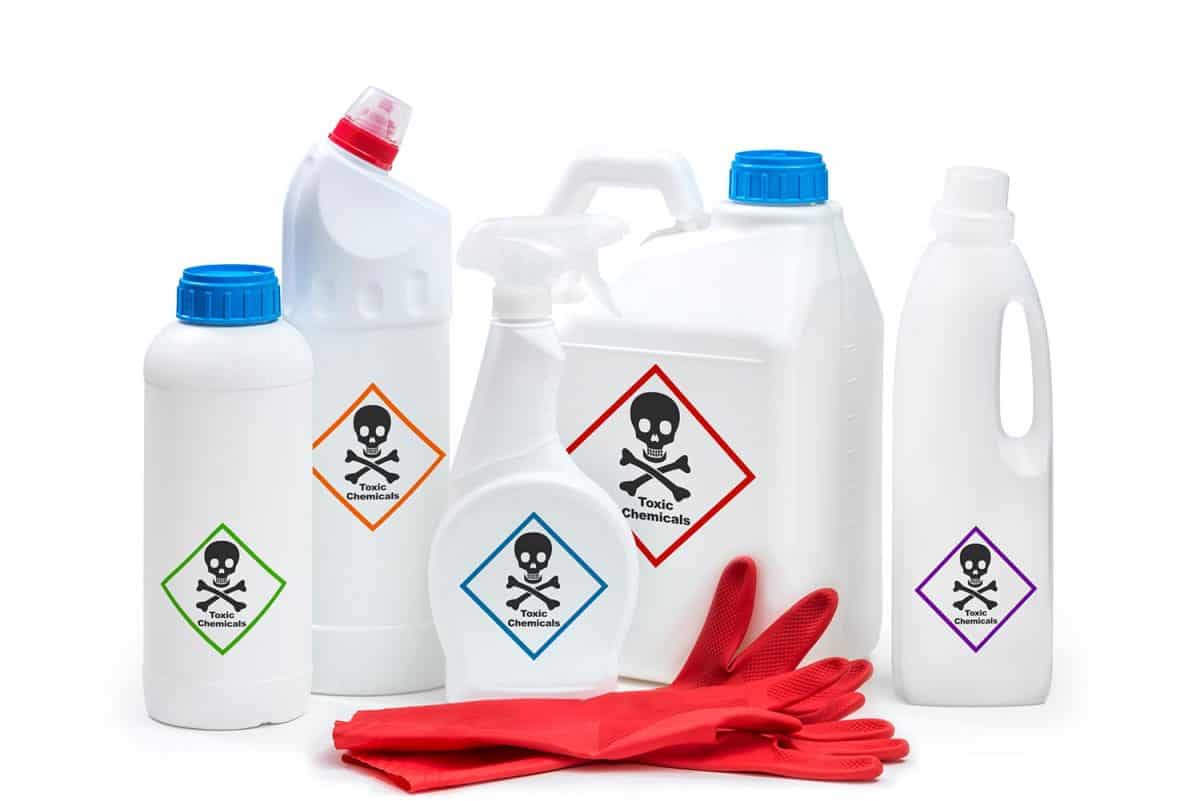
Yes, Drano is highly toxic to humans and pets. Not only do the chemicals in Drano's products damage your plumbing/fixtures, but they can also negatively affect your health.
Like bleach, Drano can cause rashes, burns, allergic reactions, and even breathing problems if misused. Especially for those with already compromised lungs, inhaling Drano can even lead to a hospital visit, so it's best to be very careful.
What Is A Substitute For Drano?
For anyone not sold on using Drano for their clogs, there are other options. Our top alternative is using a baking soda and vinegar mixture for a clogged disposal/drain, which will get the job done without damaging your pipes.
Another good substitute for Drano is using a chemical-free alternative, which will be safer to use and better for your health. That said, using non-abrasive products to unclog your sink might take a bit longer to work, but in our opinion, the pros outweigh the cons.
Unique Super Digest-It Bio-Enzymatic Drain Opener
This product unclogs drains using powerful enzymes, doesn't contain toxic chemicals, is eco-friendly, fixture-safe, and comes in a 32-ounce bottle.
To Wrap It Up
Whether you have a clogged garbage disposal or want to give yours a deep clean, it's essential to use the right products. From what we found, you are okay to use Drano on a garbage disposal, although doing this too often can cause damage to your plumbing.
When using Drano in your sink, avoid letting it sit for more than 15 minutes, so it doesn't start to corrode your pipes. You also want to wash Drano/chemical cleaners with hot water after using them, but not so hot it causes a chemical reaction.
Regardless, remember to use Drano in moderation, and don't be afraid to try an all-natural alternative the next time you have a clog.
Before you go, be sure to check out these helpful related kitchen posts below!
Should A Dishwasher's Salt Compartment Have Water In It?
Samsung Dishwasher Won't Drain - What To Do?
Can A Spoon Break A Garbage Disposal?


